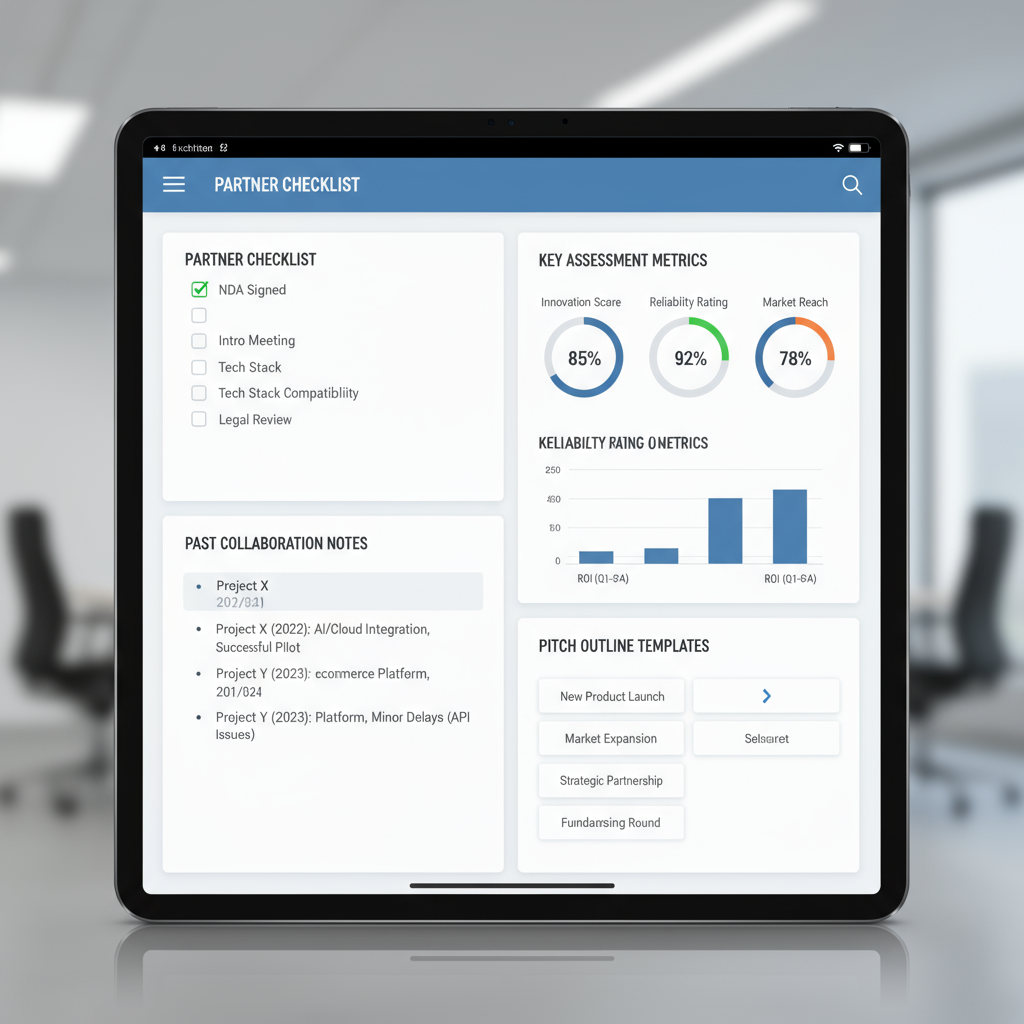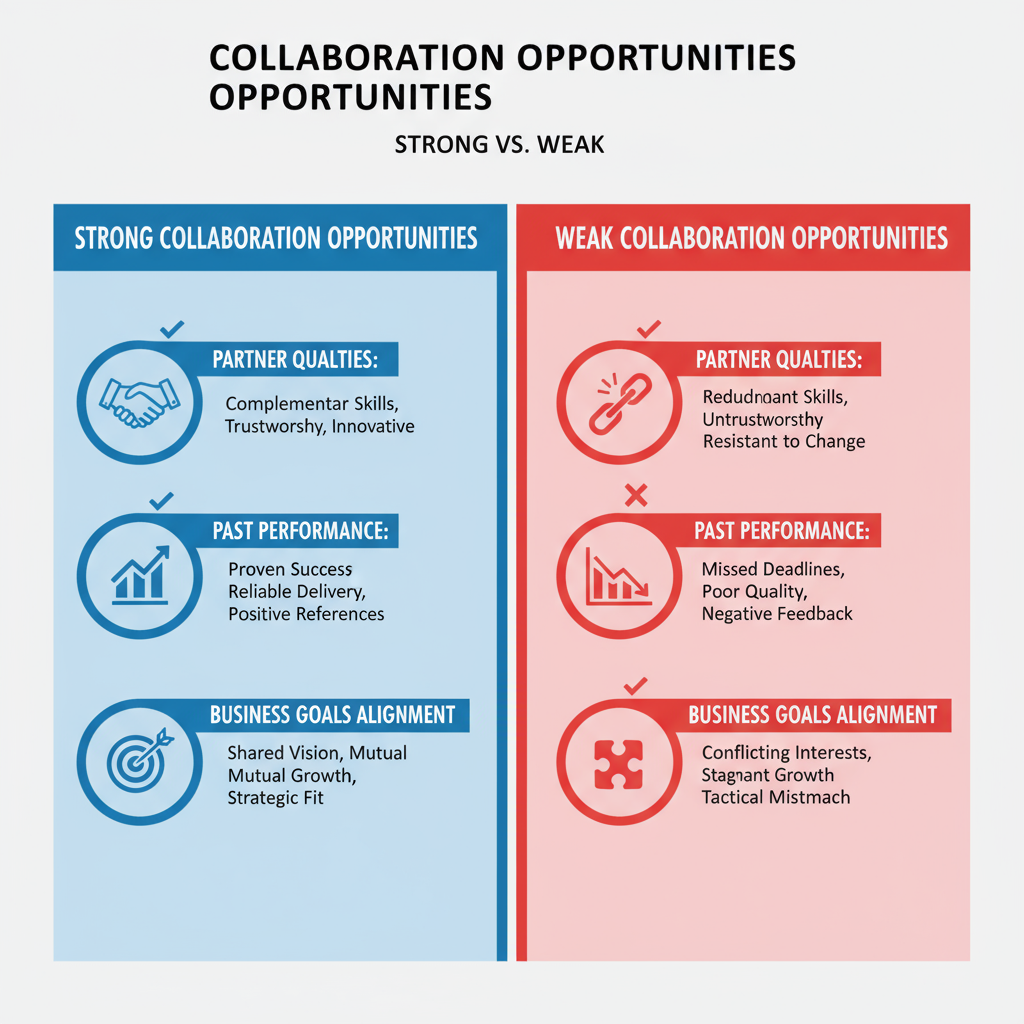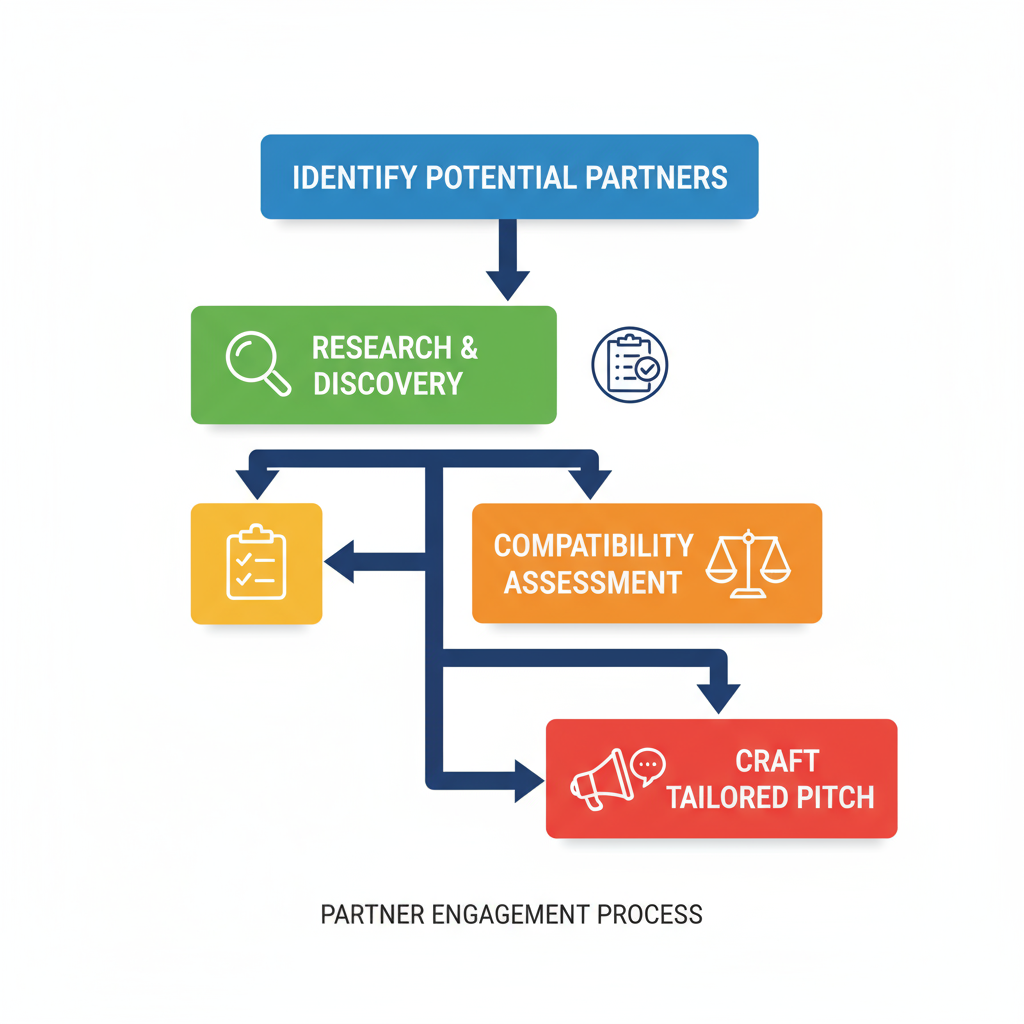Find and Maximize Collab Opportunities for Business Growth
Learn how to identify, pitch, and manage collaboration opportunities to expand reach, boost profitability, and drive long-term business growth.

Introduction to Collab Opportunity Strategies
In today’s competitive marketplace, a collab opportunity offers businesses an actionable way to expand reach, innovate, and boost profitability through strategic partnerships. Whether you operate in tech, retail, creative arts, or services, the right collaboration can help tap into new audiences, leverage combined resources, and build long-term brand equity. This guide covers how to identify, pitch, and manage successful collaborations — plus ways to measure and sustain them for future growth.

---
Understanding Collaboration Opportunities
A collab opportunity is any structured partnership between two or more entities aiming for mutual growth, visibility, and profitability. Such opportunities can be found across industries — from joint product development in tech, to co-branded events in hospitality, to shared content initiatives among creatives.
Collaborations are no longer reserved for high-profile corporate alliances. Smaller businesses, freelancers, and startups can also create meaningful impact by targeting partnerships suited to their niche, thereby amplifying reach, credibility, and value.
---
Identifying Potential Partners
Before starting the collaborative process, choosing the right partner is critical. Your ideal collaborator should:
- Share similar values and mission statements.
- Offer audience overlap or complementary markets.
- Maintain a reputable and credible standing in the industry.
Checklist for Potential Partners
- Review their website and social profiles for alignment.
- Read online reviews and testimonials for reputation insights.
- Compare audience demographics via tools like SimilarWeb or Meta’s Audience Insights.
---
Researching Past Collaborations
Looking into a potential partner’s prior collab opportunities helps ensure compatibility. Misalignment in priorities or brand identity can derail a project.
Key Points to Assess
- Nature of past collaborations: Joint events, product co-creations, or content sharing.
- Engagement levels: Audience responsiveness in past initiatives.
- Results achieved: Tangible gains such as increased sales, leads, or brand awareness.

Past performance reveals not only success rates but also how proactive and engaged they are throughout a project lifecycle.
---
Crafting a Personalized Pitch
Generic proposals often fail to resonate. Personalizing your pitch demonstrates genuine interest and highlights shared benefits.
Essentials of a Tailored Pitch
- Address a specific need or goal the partnership can fulfill.
- Show how your assets — products, tech, audience — complement theirs.
- Outline clear mutual gains, from revenue boosts to media coverage.
Example pitch snippet:
Hi [Partner Name],
I’ve been following your work with [related project] and admire your approach to [specific value].
I believe collaborating on [project idea] can help us both access [target audience/market].
Here are some mutual benefits:
- Increase reach by 40% via shared content.
- Co-branded product launch potential.
- Joint media exposure opportunities.
Looking forward to exploring this together.
Best,
[Your Name]---
Leveraging Social Media to Initiate Discussions
Social media can serve as both a launchpad and amplifier for collaboration conversations.
Platforms to Consider:
- Instagram: Use Stories, direct messages, co-hosted Lives.
- LinkedIn: Network professionally using InMail and posts.
- TikTok: Participate in trending collab challenges.
Tip: Support their content first — comment, share, and respond authentically before initiating a partnership pitch.
---
Setting Clear Goals and Timelines
Ambiguity can hinder progress. Define measurable objectives and assign responsibilities in writing.
| Element | Details |
|---|---|
| Goals | Increase followers by 15%, generate 200 new leads |
| Deliverables | 3 co-produced videos, 1 joint event, blog post cross-promotion |
| Timeline | 6 weeks from agreement signing |
| Roles | Partner A handles event venue; Partner B oversees social campaigns |
Written agreements help prevent misunderstandings and maintain momentum.
---
Tools for Seamless Communication
The right tools enhance efficiency and transparency in digital collaborations:
- Google Docs – Real-time document sharing.
- Trello – Visual project tracking.
- Slack – Direct messaging with integrations for workflow.
These platforms keep teams connected and accountable throughout the partnership.
---
Joint Promotion Strategies
For maximum impact, include coordinated marketing tactics within the collab opportunity plan:
- Cross-post campaigns on both brands’ platforms.
- Use joint hashtags to track and unite content (#YourBrandXPartnerBrand).
- Provide behind-the-scenes glimpses to humanize the partnership.

Combined efforts amplify exposure and create a consistent brand narrative.
---
Measuring Success with KPIs
Post-project analysis is essential to determine ROI and inform future collaborations.
| KPI | Measurement Method |
|---|---|
| Engagement | Likes, shares, comments, watch time |
| Leads | Email sign-ups, demo requests |
| Conversions | Sales via campaign tracking links |
Evaluating KPIs ensures accountable reporting and strengthens pitches for future opportunities.
---
Maintaining Relationships for Future Collabs
Turn successful one-off projects into recurring partnerships by:
- Sending thank-you notes or gifts post-collaboration.
- Sharing performance insights and celebrating wins together.
- Proposing next-step ideas aligned with proven successful tactics.
Reliability and proactive engagement foster trust for repeat projects.
---
Common Mistakes to Avoid
Even promising partnerships can fail if:
- Terms are vague: Clearly outline scope and roles.
- Expectations are unclear: Define deliverables, approvals, communication methods.
- Audience fit is poor: Collaborations must serve both audiences authentically.
Avoiding these pitfalls helps keep your collab opportunity on track.
---
Case Study: Small Business Collaboration
Scenario:
A local coffee shop partnered with a nearby bakery to create co-branded brunch boxes.
Execution:
Pastries infused with coffee flavors were paired with specialty brews. Instagram promotions, in-store posters, and a weekend launch event generated buzz.
Outcome:
Weekend sales rose by 25% and Instagram engagement increased by 40%, proving the mutual benefits of local business collaborations.
---
Action Checklist for Your Next Collab Opportunity
- Define your collab opportunity within your industry.
- Identify partners with aligned values and audiences.
- Research their past collaborations for compatibility.
- Craft a personalized pitch focused on mutual gain.
- Initiate contact via social channels with genuine engagement.
- Set documented goals, deliverables, and timelines.
- Use communication tools for smooth coordination.
- Promote the project jointly across all agreed platforms.
- Measure KPIs to assess performance and ROI.
- Maintain the relationship for future opportunities.
---
Summary and Next Steps
Strategic collab opportunities can unlock new revenue streams, broaden brand recognition, and build lasting professional relationships. By deliberately identifying partners, personalizing pitches, leveraging social media, and tracking KPIs, businesses can ensure impactful, sustainable collaborations.
Ready to start your next partnership? Apply this checklist to find and engage the right collaborators, and watch your growth accelerate.




